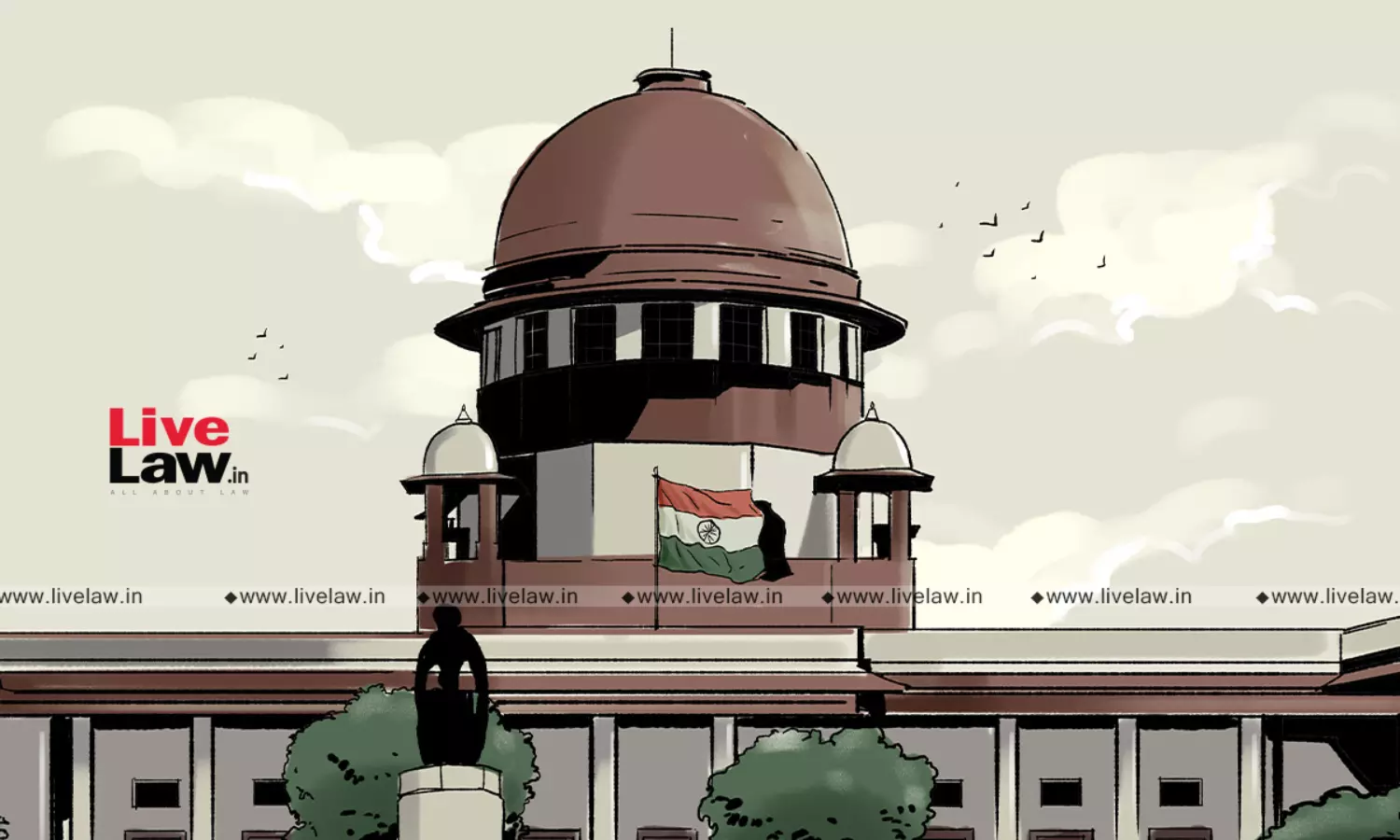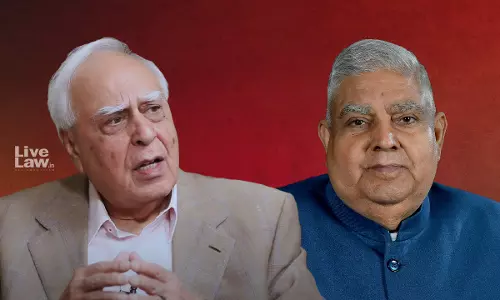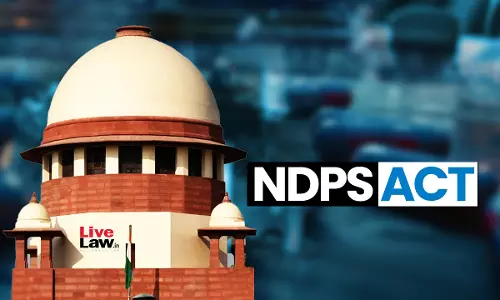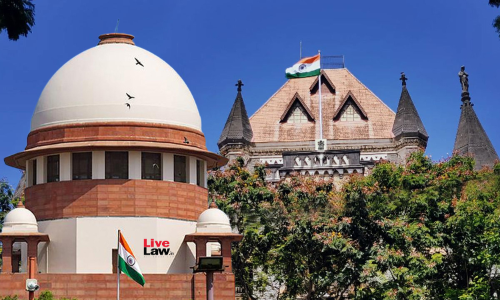Review Petition Filed In Supreme Court Against Judgment Allowing Sub-Classification Of Scheduled Castes & Creamy Layer Exclusion

A review petition has been filed in the Supreme Court challenging the judgment delivered on August 1, 2024, by a seven-judge bench which permitted the sub-classification of Scheduled Castes (SCs) for providing separate quotas for more backward groups within the SC categories.The petition, filed by lawyer Jaishri Patil, contends that the Supreme Court's interpretation in the Indra Sawhney...
A review petition has been filed in the Supreme Court challenging the judgment delivered on August 1, 2024, by a seven-judge bench which permitted the sub-classification of Scheduled Castes (SCs) for providing separate quotas for more backward groups within the SC categories.
The petition, filed by lawyer Jaishri Patil, contends that the Supreme Court's interpretation in the Indra Sawhney case (1992) regarding the sub-classification of backward classes does not apply to SCs and STs.
“When this court in Indra Sawhney held that the backward classes can be further sub divided, it meant the Other Backward Classes or the SEBCs and not the Scheduled Castes and Scheduled Tribes. The power to deal with the 1950's Scheduled Castes and Scheduled Tribes Orders is not available to anyone, the Union Government or the State (including State Legislature) except the Parliament. Indra Sawhney didn't deal with the sub-division or sub classification of SC/ST and it remain limited to the OBCs.”
The petition contends that neither the State nor the Union government has the power to classify or sub-classify SCs, as the President and Parliament exclusively have this power under Articles 341 and 342 of the Constitution. The petition cites the Constitution (Scheduled Castes) Order, 1950, and the Constitution (Scheduled Tribes) Order, 1950, to support this argument.
The petition argues that the term "backward class" as used in Article 16(4) was intended to be distinct from SCs, which are separately defined under Articles 341 and 342 of the Constitution.
“the word "backward," inserted before the "class of citizens" in article 16 (4) by the Drafting Committee of the Constituent Assembly in the second draft of the Constitution, refers to a "backward community" or "backward class" to be determined by each local Government. It does not refer to the already-determined and defined Scheduled Castes or Scheduled Tribes, as the Scheduled Castes List was already part of the Tenth and Eleventh Schedules, respectively, of the first draft of the Constitution…Therefore, holding Scheduled Castes and Scheduled Tribes as part of the "backward class" found in Article 16(4) is inconsistent with the Constitution as settled by the Constituent Assembly and enacted and adopted by the People of India. Also, it is devoid of historical context”, the petition reads.
The petition adds, “even if the phrase, "backward classes" in Article 16(4) is construed to be including the Scheduled Castes and Scheduled Tribes, it will not allow the State to apply the test of backwardness on the SC/STs as they are already defined on the relevant criteria of identification and except untouchability, backwardness of any kind was never a test of their identification. Therefore, to further classify them on the criteria other that historic criteria of untouchability will not be permissible.”
The petition challenges the Court's suggestion to exclude the creamy layer from SC/ST reservations. The petitioner contends that such a direction is contrary to the Indra Sawhney judgment.
“The question of "creamy layer" was not before this Court and the only question was whether the E. V. Chinnaiah requires reconsideration. The exclusion of creamy was never in issue before this Court and hence any direction to exclude the creamy layer from the Scheduled Castes and Scheduled is patently illegal”, the petition adds.
The petition argues that sub-classification and the exclusion of the creamy layer for SCs would violate the Constitution, as it would encroach upon the powers exclusively reserved for the President and Parliament under Articles 341 and 342. The petition further submits that allowing States to sub-classify SCs would lead to political interference and undermine the purpose of these provisions.
The petition, relying on Constituent Assembly debates surrounding the drafting of Articles 16(4) and 335, argues that the term "backward class" was deliberately kept separate from SCs.
“The Supreme Court is not a parallel Constituent Assembly to substitute the Constituent Assembly's opinion with its own opinion to lay down that the States have been kept away from the powers under Article 341 and 342 to avoid political factors and political interference in the SC/ST List. The Supreme Court must respect the wisdom of the Constituent Assembly”, the petition reads.
The petition states that sub-classification has the possibility of incentivizing religious conversions among SCs in states like Punjab, where Sikh religion is dominant.
“The Scheduled Castes list is subject to religion which allows the members of Scheduled Castes to either profess Hindu, Sikh or Buddhist religion and no other…in States like Punjab where the State's Council of Ministers is overwhelmingly dominated by people professing Sikh religion, a bifurcation to provide an incentive to Schedules Castes to convert into Sikh religion cannot be overruled if bifurcation is allowed and this will defeat the purpose of Article 341 of the Constitution. It is submitted that the Scheduled Castes List has always been religion specific since 1936.”
Background
The impugned judgment was delivered by a seven-judge bench, with a 6-1 majority, allowing the sub-classification of SCs to grant separate quotas within the reserved categories. The Court held that while such sub-classification is permissible, it must be justified with empirical data showing inadequate representation of the sub-class and must not result in 100 percent reservation for any sub-group. The majority judgment overruled the judgment in EV Chinnaiah v. State of Andhra Pradesh, (2005) 1 SCC 394, which had held that sub-classification of SCs was not permissible. Justice Bela Trivedi dissented from the majority view.
Reports about the imugned judgment can be read here.
Case no. – Diary No. - 37792/2024
Case Title – Jaishri Laxmanrao Patil v. State of Punjab




